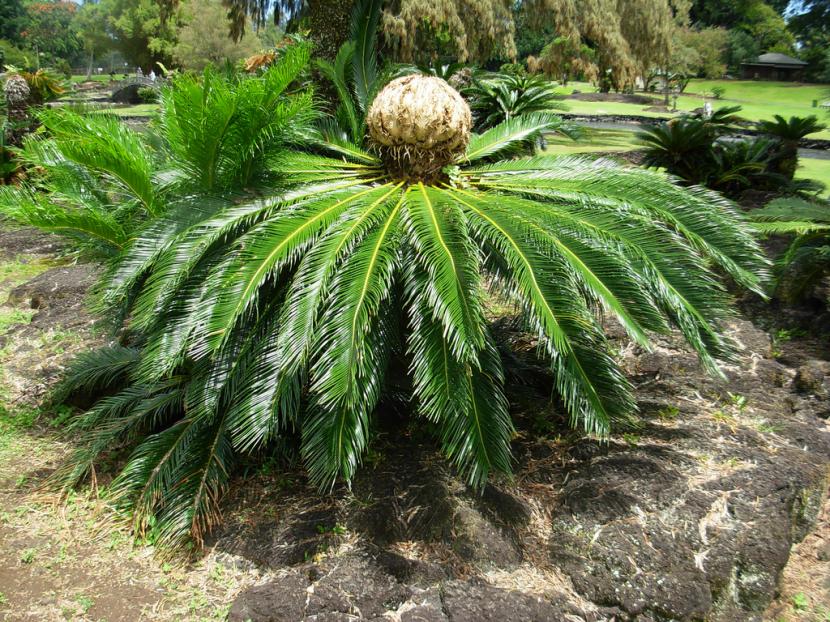
Nature has engendered Facilities which we could consider unique, with characteristics that, being rare, are easily distinguished from the others; but we also find very similar genres, which are often confused with others.
And, there are plants that look like palm trees but they are not. But how to differentiate them? For the inexperienced eye, it can be really complicated, since they have much more in common than what differentiates them. If that's the case for you, don't worry: I'll help you identify them.
To do this, what better way than to start by explaining what a palm tree is. Well, the palm tree is a 'modern' plant (it appeared about 50 million years ago) that belongs to the Arecaceae family (formerly Palmaceae). It is characterized by having one or more trunks, each with its 'bud' which can be more or less visible depending on the species. The bud is one of the most important parts of these plants, since it is from it that the leaves and also the flowers sprout, so if it suffers damage or if it is pruned, that trunk will be sentenced; On the other hand, if the palm tree is multicaule and only one of the buds suffers damage, the rest will still be alive.
What plants are similar to it?
In nurseries and garden stores we will find plants that are labeled with the name 'palm tree' but which are not really. The most common are:
Cycas genus

As the Cycas revoluta, they are very popular plants. They belong to the Cycadaceae family. Resistant and decorative, they are considered a living fossil since they lived with the dinosaurs, more than 200 million years ago.
Carludovica palmata

It is one of the most loved indoor plants. Anyone would say that it is a palm tree, as its leaves are very reminiscent of those that palm trees have when they are young. Yet it belongs to the family cyclanthaceae.
Yucas and Dracaenas

Yucca and Dracaena are two genera of plants that are also very confused with palm trees. Although they belong to different families (the Yucca to the Agavaeceae and the Dracaena to the Nolinoideae) they have one characteristic in common: both have a thickened secondary meristem in their trunks; that is their stems thicken as they grow.
As you can see, there are plants that are easily confused with palm trees. Do you know of others that look alike?